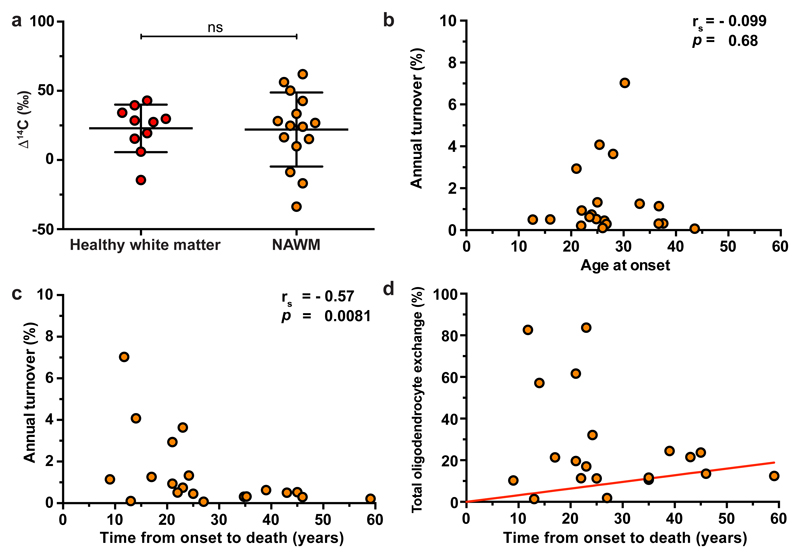Figure 2. Increased oligodendrocyte generation in multiple sclerosis patients with aggressive disease.
a, There is no significant difference in the 14C concentration in genomic DNA of mature oligodendrocytes from white matter of healthy subjects and normal appearing white matter (NAWM) in multiple sclerosis patients born before the onset of the nuclear bomb tests, indicating that turnover dynamics are unaltered by the disease in these individuals (ns, P = 0.85, two-tailed Mann Whitney test, a method to compare two ensembles of randomly distributed values in order to find out whether they are similar within statistical uncertainties or not) (n = 10 and 15). The horizontal lines indicate the mean value (long line) and the s.d. (short lines) of the distribution of Δ14C values. b, The age at onset of multiple sclerosis does not correlate to the oligodendrocyte generation rate in normal appearing white matter. c, Multiple sclerosis patients with aggressive disease and short disease duration to death have a significantly elevated oligodendrocyte generation rate after the multiple sclerosis onset. Individual turnover rate calculations are sensitive to deviations in measured 14C, especially for subjects born during the rapid increase in atmospheric 14C, and two subjects born 1959 and 1956 were excluded in (b, c) due to unrealistically high turnover rates from the analysis. Seven additional subjects were excluded as the turnover rate could not be estimated due to poor fit (n = 20 in b, c). The full data is given in Supplementary Table 4. d, The total proportion of all oligodendrocytes exchanged is dramatically increased in some patients with aggressive disease and short disease duration to death (n = 20). The red line indicates the proportion of oligodendrocytes that are exchanged over time in healthy adults (0.32% per year5). ns, not significant. rs, spearman’s correlation coefficient. p, probability value.

